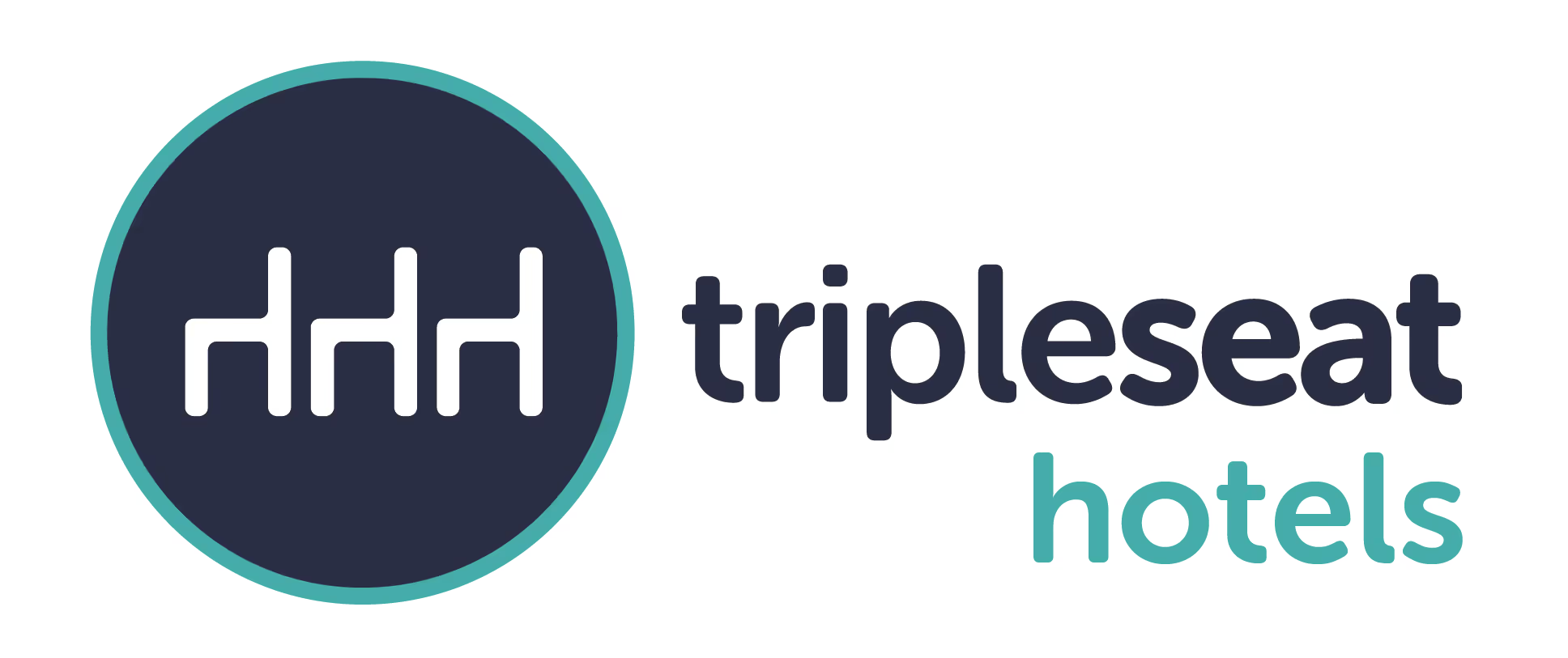Become the Smart Sidekick for Planners: How to Use Data That Thinks Ahead

In the world of meetings and events, the relationship between a planner and a hotel or venue has traditionally been transactional. An event planner has a need, and the venue fulfills it. The Banquet Event Order (BEO) is the sacred text, and success is measured by executing it flawlessly. But what if we could elevate that relationship from reactive vendor to proactive, indispensable partner?
The key isn't a crystal ball; it's the data you already have, often locked away in your booking systems and BEO archives. By leveraging data to anticipate needs, solve problems before they arise, and offer insights the planner hasn't even considered, you transform your property from a space into a strategic asset. You become the planner's smart sidekick, making them look like heroes.
Here’s how to make the shift from a reactive venue to a proactive partner.
1. From Static Rooms to Dynamic Environments: Data-Driven Space Planning & Attendee Flow
For decades, we’ve relied on static floor plans and best guesses. We know a theater setup for 500 looks a certain way. But where will the bottlenecks form? Where is the best place for a high-value sponsor's booth? Where will networking organically happen?
The proactive partner uses data to answer these questions.
- The Old Way: "Here is the fire code capacity for the ballroom."
- The Smart Sidekick Way: "We’ve analyzed the attendee flow from five similar tech conferences we've hosted. We've noticed that a bottleneck typically forms between the main session exit and the coffee station. We recommend placing a secondary coffee station here[points to diagram] to disperse traffic and improve the attendee experience. Also, the highest foot traffic is in this corridor, making it the prime spot for your tier-1 sponsors."
How to get there:
- Tap into your event management data: Analyze past events of similar size and scope right from your own systems. Where were the long lines documented in post-event notes? Which breakout rooms were consistently flagged as cramped? By using efficient technology and automation, you can create the space for more relationship building and customization.
- Registration Insights: Review the agenda choices based on registration data. If 70% of attendees signed up for the "AI in Marketing" track, that breakout room needs to be strategically located and potentially larger.
- Technology: Anonymized Wi-Fi analytics and location-based services can generate heat maps, showing exactly where attendees congregate. Sharing these insights with planners for their next event is a valuable addition.
2. From Standard Menus to Predictive Palates: Predictive F&B and Menu Curation
Food and beverage are a massive component of any event budget and attendee experience, but they’re often plagued by waste and guesswork. Predictive analytics can change the F&B conversation from one of cost-cutting to one of curated experiences.
- The Old Way: "Our standard conference package includes chicken or fish. How many of each?"
- The Smart Sidekick Way: "Looking at your attendee demographics and the registration data, we see a significant number of guests from the West Coast and a 25% request rate for plant-based meals. We suggest a menu featuring lighter, healthier options, along with a dedicated vegan power-bowl station. For your 10:00 AM break, we predict a caffeine rush and recommend pre-setting grab-and-go cold brew options to eliminate lines."
How to get there:
- Dietary Data: Go beyond the simple "vegetarian" checkbox on the registration form. Use this data to inform the entire menu, not just a handful of special plates.
- Consumption Patterns: Your own event management data is a gold mine. You know precisely how many croissants were consumed versus fruit platters at the last finance summit because the final counts are tied to the event record.
- Event Schedule Analysis: A high-energy sales kickoff necessitates a distinct F&B approach compared to a contemplative academic conference. Proactively match the menu to the event's desired energy levels.
3. From a Headcount to a Taskforce: Smart Staffing for Seamless Service
Nothing shatters the illusion of a flawless event faster than a 15-minute wait for a drink or a frantic search for A/V support. Traditional staffing models are based on room size and guest count, not on the actual, minute-to-minute needs of the event.
- The Old Way: "We will have three bartenders at the reception from 5:00 PM to 7:00 PM.
- The Smart Sidekick Way: "We know the keynote speaker finishes at 4:55 PM, and 800 attendees will flood the pre-function space at once. We will have five bartenders ready at 4:50 PM to absorb the initial rush, and then scale back to three by 5:30 PM as the crowd thins. We'll also station two staff members at the ballroom exit to direct guests and answer immediate questions."
How to get there:
- Agenda-Driven Deployment: The event agenda, a core component of your event management data, is your staffing playbook.
- Real-Time Communication: Equip your team with communication devices that allow for instant redeployment. If a breakout session ends early, a manager can immediately shift staff to prepare the next space.
- Cross-Training: An A/V technician who can also help direct traffic, or a banquet server who can answer basic questions about the event app, creates a more versatile and efficient team.
The Future is a Partnership
The shift from a reactive venue to a proactive partner is the single most powerful way to build loyalty with event planners. When you harness the collective intelligence within your event management platform to save them money, mitigate risks, and make their attendees happier, you become more than a supplier; you become part of their team. Start by asking one simple question: "What do we know that can help our planner succeed?" The answers will not only transform your client relationships but will also redefine your value in the market.















